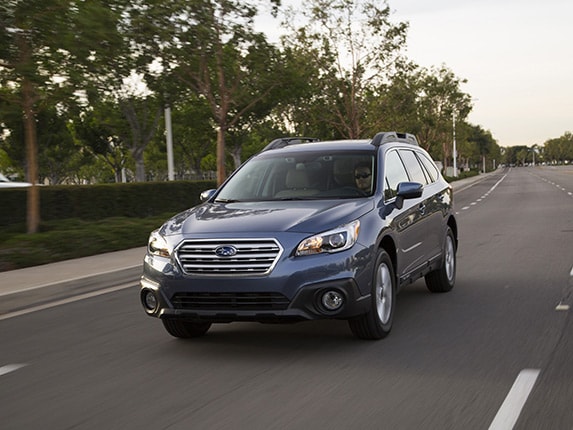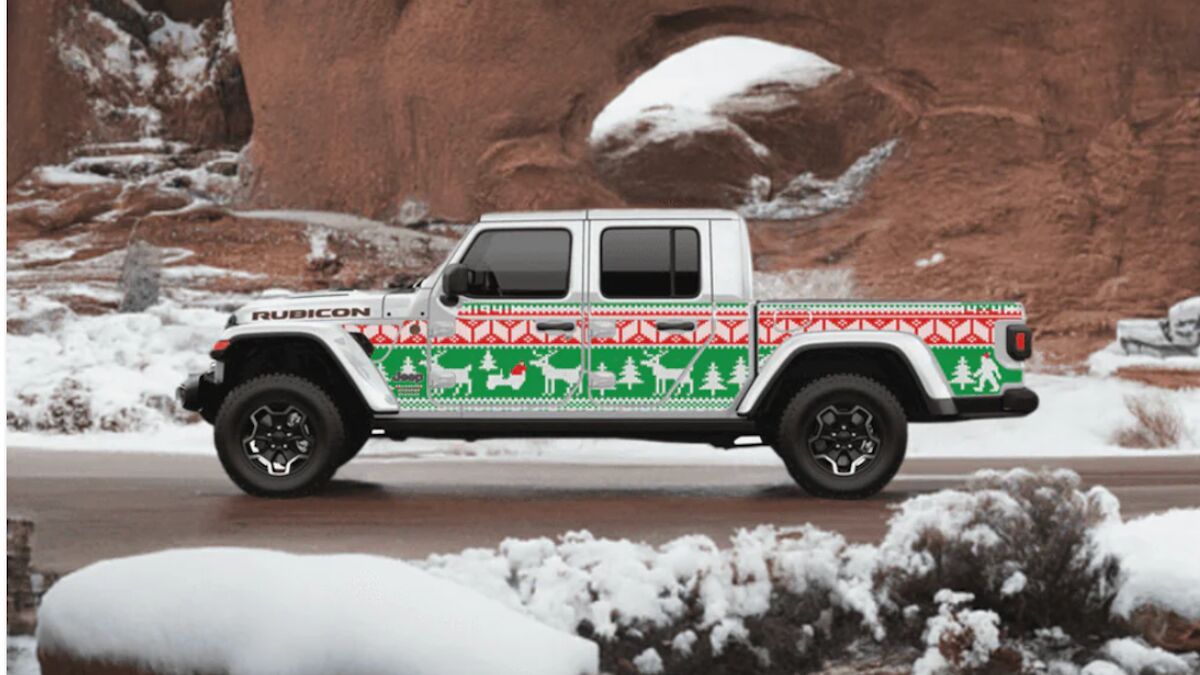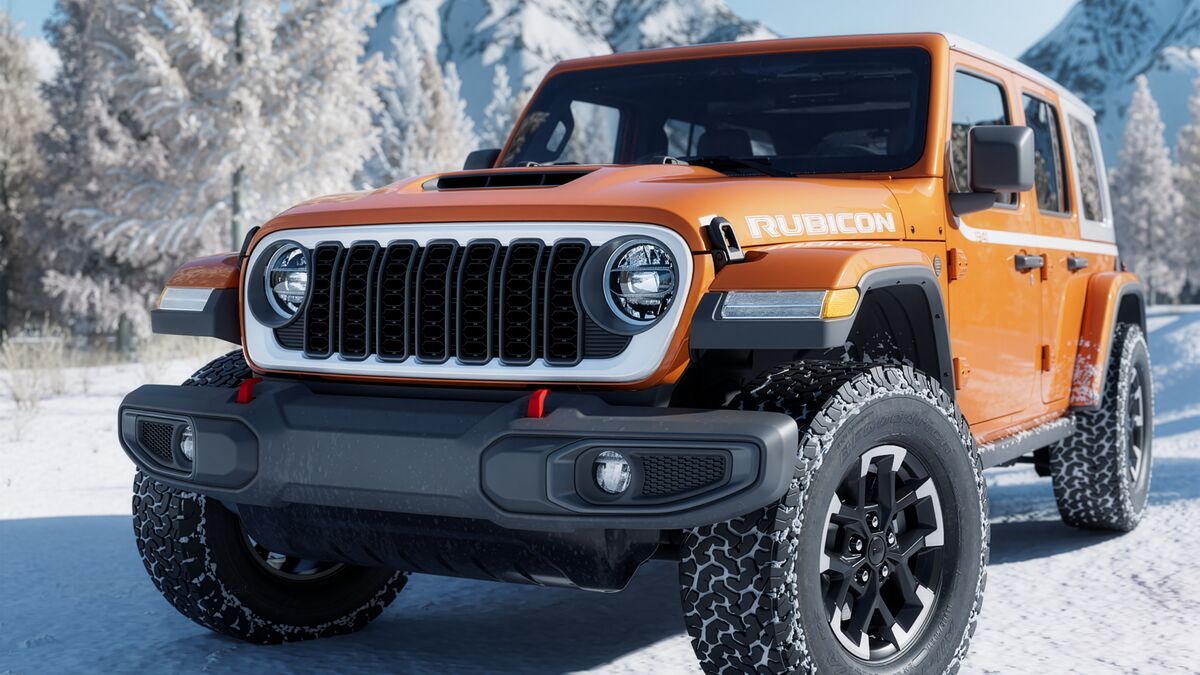New car sales cooled ever so slightly in September, just 0.7-percent overall, as General Motors, Ford and Fiat Chrysler Automobiles all posted declines. In contrast to the Detroit automakers results, Nissan and Toyota saw gains, turning around earlier August down numbers.
Ford had the largest drop, 8.1 percent over a year ago, while both GM and FCA were down just below 1 percent. Nissan was up 4.9 percent after an 8.1 percent August decline, while Toyota’s 1.5 percent increase ended a 4-month run of lower sales. The industry’s Labor Day sales events moved about 1 percent fewer vehicles than a year earlier failing to crack the 200,000 level.
Despite the drop in sales and the general feeling that industry sales have already peaked, the numbers suggest that the industry will still finish out the year with robust volumes. Part of the decline in 2016 is also attributed to record sales levels of a year ago.
“It is too close to call right now, but at this point in the year, there is a good chance the 2016 totals will fall just short of the 2015, marking that the sales peak has passed,” said Tim Fleming, Kelley Blue Book analyst. “Still, the major economic indicators point to sustained high new-vehicle sales levels for the foreseeable future.”
Among the trends identified in the September results are higher fleet deliveries across the board and a continuing shift away from traditional cars into crossover SUVs. Retail sales are expected to account for about 85.5 percent of September sales, down slightly from a year earlier 85.8 percent. Ford’s sales decline last month is attributed to lower sales of Fusion, Focus and Fiesta, three models with a combined loss in sales of 20 percent—part of that decline attributed to heavy fleet deliveries of these models earlier in the year.
Compact SUVs, according to KBB data, will hit nearly 20 percent market share, while midsize cars has seen a decline of nearly 200,000 units so far this year, with a 17 percent decrease in September alone.
Subaru’s success
One of the hottest brands on the market right now is Subaru, as shown by its climbing market share and tight inventories indicating that the vehicles are moving almost as soon as they are delivered to the company’s dealerships. Subaru’s September market share showed an increase of 7.4 percent in September on a 3.5 percent boost in sales year over year.
While Subaru’s car lineup sales are down this year, crossovers like the Forester and Outback are in demand, which will help the maker in its quest to set another sales record this year. So far, through the first three quarters, the 446,887 sales are 4.2 percent ahead of last year, the first year that Subaru cracked the 500,000 unit mark.
Incentives up; transaction prices peak
As manufacturers crank up their incentive programs to keep the ball rolling this year, transaction prices may have peaked, according to industry analysts. This means that the deals will only be getting better for new car shoppers as the calendar year winds down.
According to Automotive News, Barclays reports that while average transaction prices and discounts rose on large pickups last month, average prices fell 3 percent and incentives rose 30 percent on crossovers. The investment firm also said prices dropped on traditional SUVs.
J.D. Power reported that incentives hit a record of $3,923 per vehicle in September, the previous peak hitting $3,753 in December 2008. The current strength in sales is being attributed in part to the strong lease and rebate offers. These in turn undercut the high margins generated by rising transaction prices. If demand decreases, the pressure for more incentives increases.
“The industry is getting to a point that it’s a risk and potentially a problem,” Jeff Schuster, an analyst for LMC Automotive told the trade paper. But he added that he’s “certainly not panicking yet” since industry inventories remain at manageable 61 days’ supply.
Sub-brands abound
Buick’s announcement that it is taking the name of its Avenir concept car and creating a new sub-brand around it points to the increasing trend of luxury and premium makes looking for a way to differentiate their product lines from the competition and offer something special to customers seeking to stand out from the crowd. Previously, most of these brand add-ons have been performance-oriented like the M models at BMW and AMG at Mercedes-Benz. Mercedes is moving more aggressively into the sub-brand space with its super premium Maybach unit and new EQ electric division announced in Paris, while BMW has added tech brands like i and iPerformance to tout EV and hybrid technology.
While Avenir is not promising separate models like the Germans, its approach is more closely aligned with Lincoln’s Black Label program that uses special trim packages and options to give their standard offerings more upscale flair. And part of that allure is offering experiences like special dinners, events and concierge services totally unrelated to the car’s content. This is where you, as a potential buyer, have to factor in the personal value of the experience. This added cost won’t return much on your investment when it comes time to trade in or resell your vehicle. Unlike ever increasingly popular Platinum trim levels, which offers plenty of content ranging from supple leathers to high tech infotainment systems, this soft side of the luxury owner experience is something that is tailored specifically to the first buyer of the car and doesn’t necessarily transfer to subsequent owners.
The rundown
Check out the new This Week in Car Buying Podcast here.
Good news for enthusiasts as the 2018 Audi RS3 performance sedan is slated for U.S. sales for the first time. The high performance compact will boast 400 horsepower.
Ford announced big horsepower numbers for its 2017 F-150 Raptor at the Texas State Fair. The off-road inspired pickup will boast 450 horses from its turbocharged 3.5-liter V6.
Bridging the gap between crossover SUVs and traditional station wagons, the 2017 Volvo V90 Cross Country will bow next year starting at $56,295 and boast 8.3 inches of ground clearance.
In the market for a new car? Explore these useful tips on how to get the best deal:
Kelley Blue Book’s Complete Guide to Incentives
All you need to know about leasing
Which dealer services are right for you?
What to look for in your next economy car








